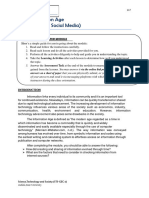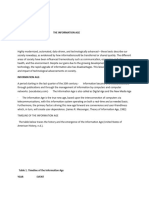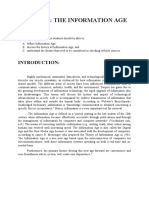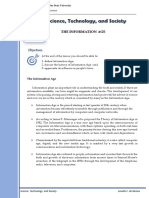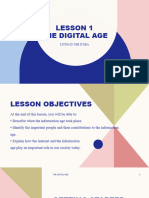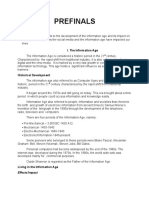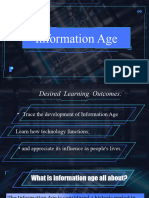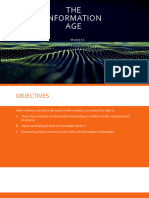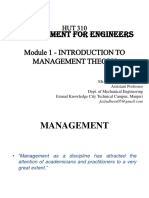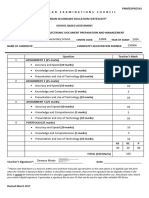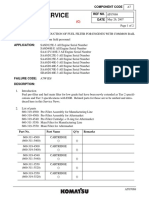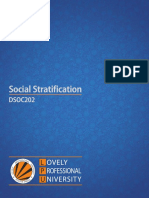100% found this document useful (1 vote)
55 views4 pagesEvolution of Technology & Society
Uploaded by
Wilbert Riem PeñafielCopyright
© © All Rights Reserved
We take content rights seriously. If you suspect this is your content, claim it here.
Available Formats
Download as DOCX, PDF, TXT or read online on Scribd
100% found this document useful (1 vote)
55 views4 pagesEvolution of Technology & Society
Uploaded by
Wilbert Riem PeñafielCopyright
© © All Rights Reserved
We take content rights seriously. If you suspect this is your content, claim it here.
Available Formats
Download as DOCX, PDF, TXT or read online on Scribd
/ 4
























